IndyStar
September 24, 2015
The long, strange trip of an Apollo space program artifact back to Indy
Contacts:
Will Higgins: http://www.indystar.com/staff/6579/will-higgins/

Michelle Pemberton: http://www.indystar.com/staff/7049/michelle-pemberton/
What’s the deal with the boots?

Michelle Pemberton
The tanks may have helped facilitate “one giant leap for mankind,” but they are not all that imposing. They look like something you might find in a microbrewery.
When the strange, orb-type object — hollow, rainbow colored but with mostly purples, roughly the size of a hot-water heater yet weighing just 100 pounds because it’s titanium — arrived the other day in Indianapolis, one of the weirdest journeys any object ever took had come full circle.
The object was a fuel tank, one of several dozen designed and built in the 1960s for NASA’s Apollo space program. The builders were highly skilled technicians at Allison Engine Co. on Indianapolis’ Westside.
In a narrow sense the fuel tanks were a component of the spacecraft’s lunar landing module. But more broadly they were a part of what is often considered man’s greatest triumph — the historic man-on-the-moon moment.
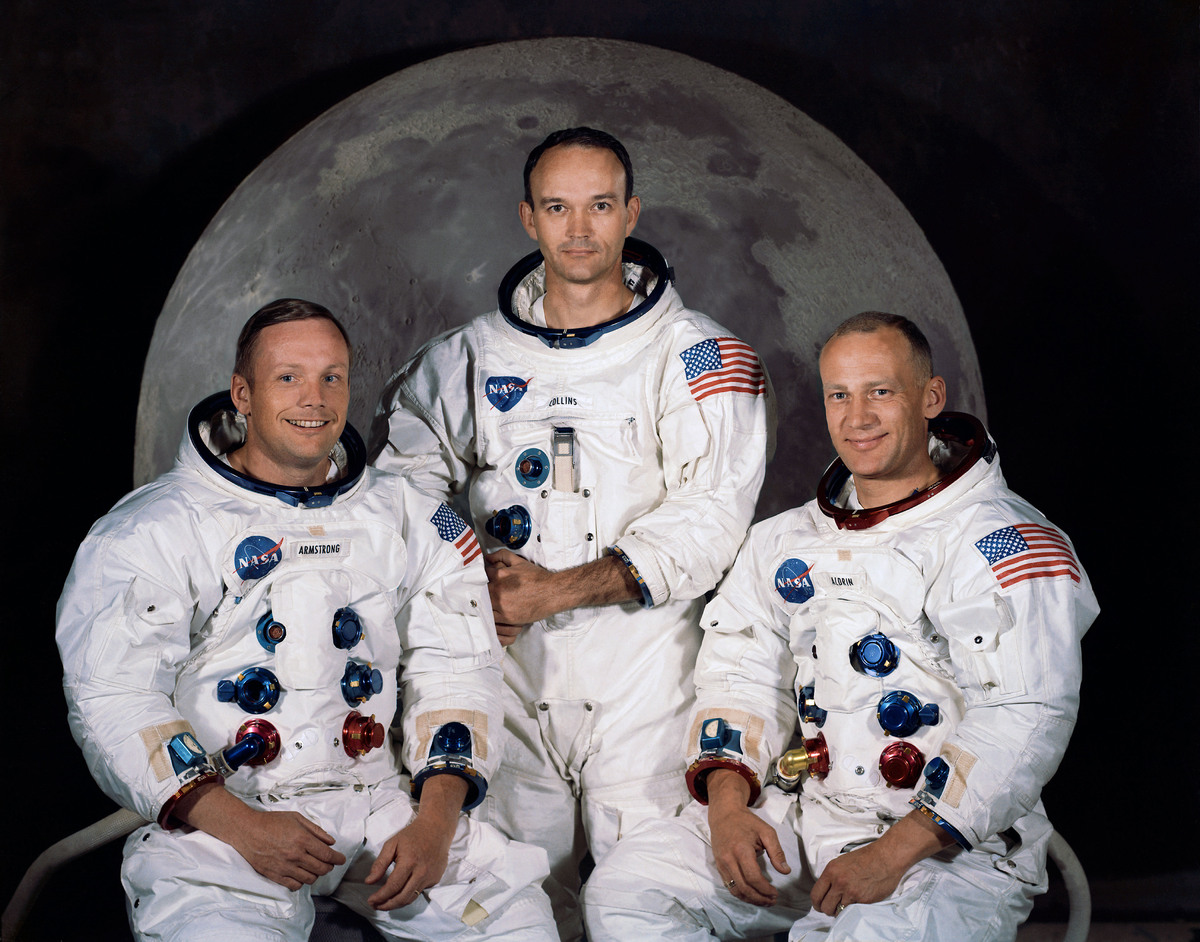
In this 1969 photo provided by NASA the crew of the Apollo 11 mission is seen. From left are Neil Armstrong, Mission Commander, Michael Collins, Lt. Col. USAF, and Edwin Eugene Aldrin, also known as Buzz Aldrin, USAF Lunar Module pilot. Associated Press
Some of the tanks never made it into space but went on an odyssey just the same. A stop in a junkyard, for sale as scrap metal. Plunked down in a private yard in Southern California — as art.
And now, some 50 years later, one of those tanks is back in town and soon to be displayed in a little-known, out-of-the-way museum that is waiting to be discovered and, at least by the kind of people who read Popular Mechanics, overrun.
The curators of the Rolls Royce Heritage Trust took possession of the fuel tank late last month. They are retired engineers from Allison, which in 1995 was acquired by Rolls Royce.
They stood excitedly as a forklift truck wheeled the tank in on a pallet and then were all over it.
“Look here, this is where the fuel went in,” said Paul Jablonski, pointing a flashlight into the tank’s small opening. He dug his finger into a crevice on the side of the tank and dislodged some dirt left over from when it was a decoration half-buried in a backyard.
The human instinct upon seeing something smooth and shiny like the tank is to touch it, which you’re invited to do. “Oh, of course, by all means,” said David Newill, president of the Allison branch of the trust. “You can’t possibly do any damage.”
In the museum, which occupies a room the size of a basketball court, visitors are allowed to touch anything they want: a cutaway of an Allison-built J71 axial flow jet engine, a propeller with 6-foot blades from a C-130, a Merlin engine lifted from a World War II Spitfire fighter plane, a fuel tank from a Minuteman missile, the lower part of an actual nuclear weapon (the warhead has been removed; what could go wrong?).
The Southwestside museum, open 9 a.m. to 4:30 p.m. weekdays in the Rolls Royce plant at 2601 W. Raymond St., draws some 3,000 visitors a year, a third of them school groups. It’s free.
It is, of course, a corporate public relations effort, but the museum isn’t above self-criticism. One exhibit features Allison’s ill-conceived X-4520, the largest air-cooled engine of its time, which was 1925.
The engine is 6 feet by 8 feet, has 24 cylinders, and generates 1,300 horsepower. It was too much. The first time it was turned on, it shook apart its test stand.
The X-4520 literally never got off the ground. It was never installed in an airplane. (Newill is quick to point out, however, that the oxygen tank that blew up famously during Apollo 13, foiling the mission, nearly killing the astronauts and now identified as the “Houston, we have a problem” moment, was not one of his company’s products.)
In the early days of the space race, Allison built a solar-energy-producing mirror for an unmanned space flight, but the Apollo fuel tanks were its only contribution to manned space travel.
The tanks may have helped facilitate “one giant leap for mankind,” but next to the towering Minuteman missile the Heritage Trust’s new prize is not all that imposing. It looks like something you might find in a microbrewery, or maybe an oversized bean.
The journey is what makes the story, and not just the already well-known story of men landing on the moon but the unknown story of this particular fuel tank.
Five years ago, with Allison’s 100th anniversary looming, Newill began searching the Internet for one of the tanks.
The tanks that were part of the actual missions were long gone. Part of the lunar landing module, those tanks were left behind on the moon. The Apollo program, though, was discontinued for budgetary reasons three flights shy of the original goal. At least a dozen fuel tanks were suddenly useless surplus. They never left the Earth. They had to be somewhere.
Newill’s Internet searching led him to a Japanese website devoted to gardens. “It popped up when I entered ‘space fuel tanks,’” he said. On the site was a photograph of one of the Apollo fuel tanks that had been set down in somebody’s garden and doctored slightly. “There was some cutting on it, giving it a spiral-like design,” Newill said. It had become art.
“I chased it and traced it,” Newill said, “and I found the artist’s name.” Patricia Cox was married to Dale Cox, a Navy test pilot who in the early 1960s applied to be one of the Mercury astronauts, the original astronauts.
Patricia died last year and Dale the year before, but their daughter-in-law Karen Cox recounted the story. Sometime in the early to mid-1970s Dale was driving near the family’s home in Palos Verdes, California, when he noticed about a dozen titanium fuel tanks in a junkyard. He recognized what they were. His son, Gary, recalled that his father may have paid 70 cents a pound, probably the scrap price then of titanium (today’s titanium fetches $1 a pound). Cox bought about a dozen of them.
“Patricia Cox was a very accomplished assemblage artist,” Karen said, “and (her husband) thought she would find some uses” for the tanks.
She and a fellow artist “torched them, put patterns on the inside, added titanium sculptures on the inside,” Karen said.
At least one tank she left alone other than to partially bury it. That is the one Newill wanted for the museum in Indianapolis. The Coxes gave the tank to the museum, and the object tied to the marvel of space flight arrived Aug. 28, less than three weeks before Allison’s centennial.
Newill said the tank should be on display sometime during the first week of October.
Apollo Mission Fuel Tank Comes to Rolls-Royce Allison Heritage Museum: in 18 photos
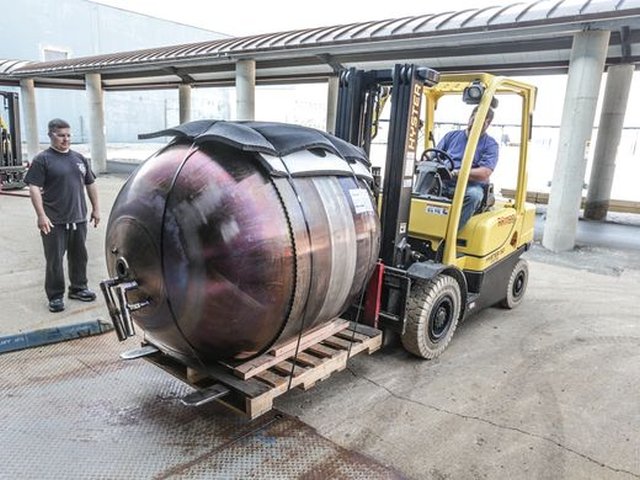
Millwrights Brian Norman (left) and Dave Cook unload a fuel tank created for the Apollo Moon Missions on Aug. 28, 2015. The tank will be on display in the Rolls-Royce Allison Heritage Trust Exhibition Museum which is open to the public, and is located at 2601 W. Raymond St. The titanium tank was part of the Lunar Descent Module. It began its life in Indianapolis, where it was built at Rolls-Royce Plant 8.
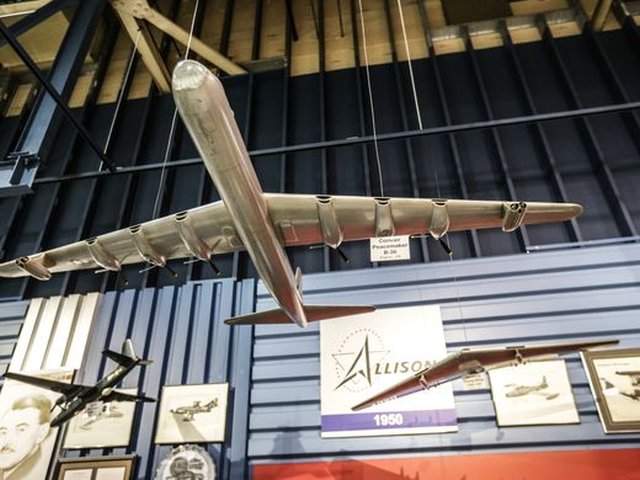
A model Convair B-36 Peacemaker with a J35 engine hangs on display in the Rolls-Royce Allison Heritage Trust Exhibition Museum.
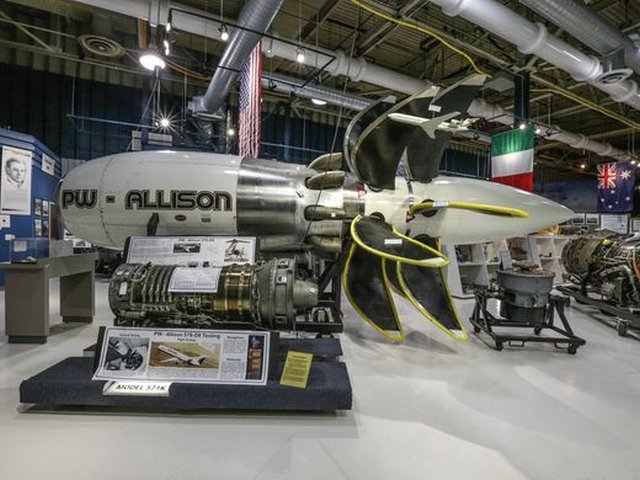
A 571-K Industrial Turboshaft Engine on display in the Rolls-Royce Allison Heritage Trust Exhibition Museum.
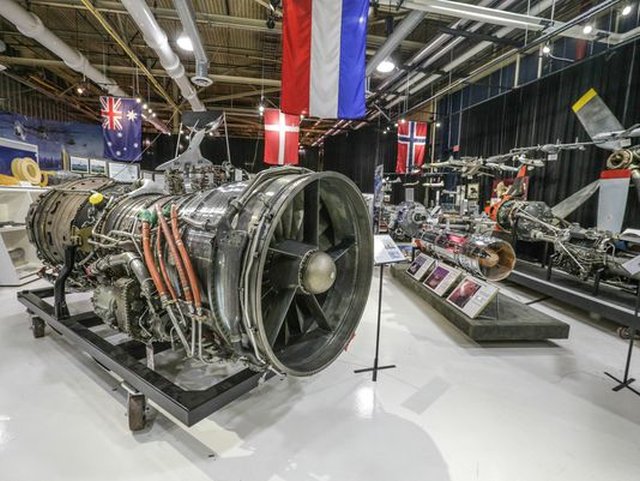
A Rolls-Royce Olympus 593 for the Concorde on display in the Rolls-Royce Allison Heritage Trust Exhibition Museum.
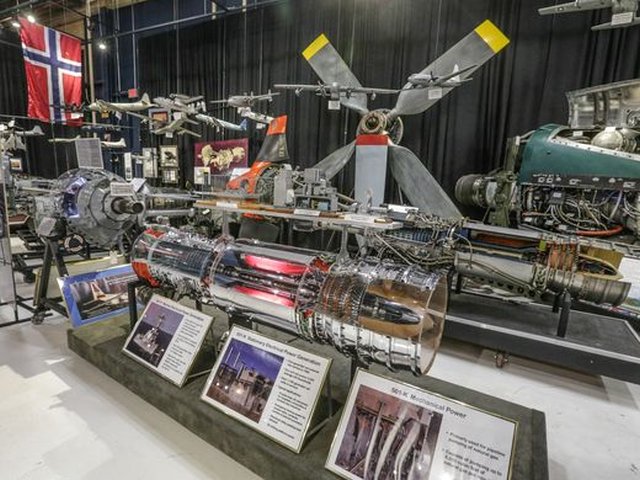
A 501-K Marine Electrical Power Generator on display in the Rolls-Royce Allison Heritage Trust Exhibition Museum.
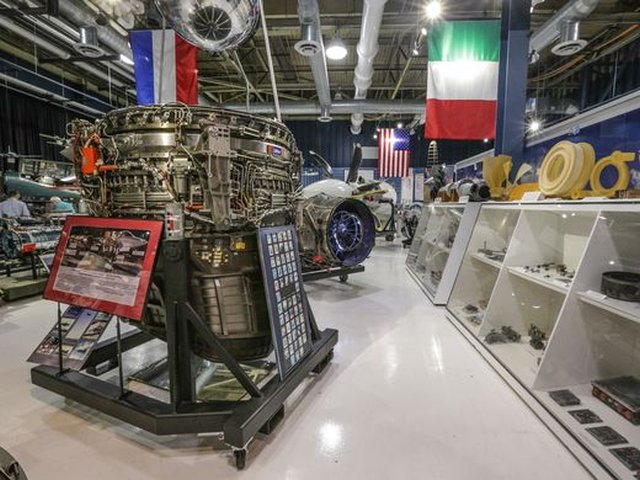
A Rolls-Royce lift system for a Joint Strike Fighter for the XF-35B, on display in the Rolls Royce Allison Heritage Trust Exhibition Museum.
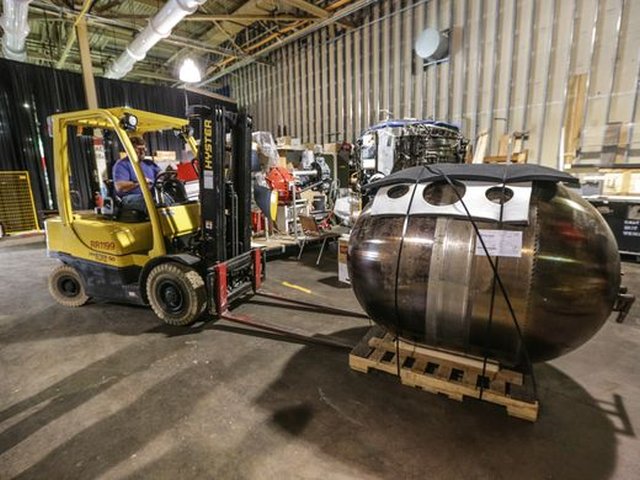
Millwright Dave Cook unloads a fuel tank created for the Apollo Moon Missions.
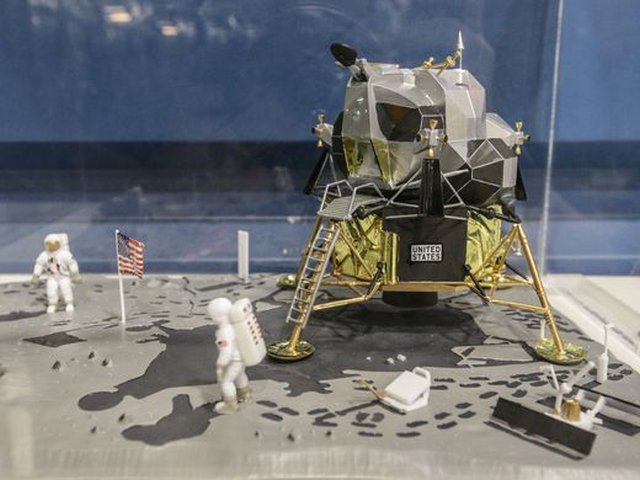
A model of an Apollo lander on display in the Rolls Royce Allison Heritage Trust Exhibition Museum.
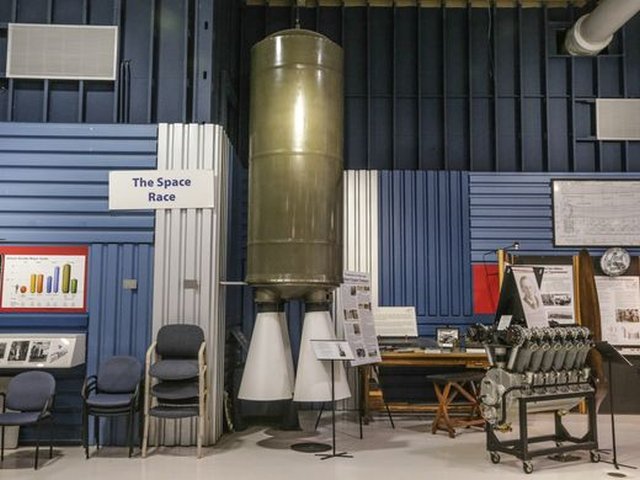
A Second Stage Minuteman Missile Case for an Intercontinental Ballistic Missile on display in the Rolls-Royce Allison Heritage Trust Exhibition Museum.
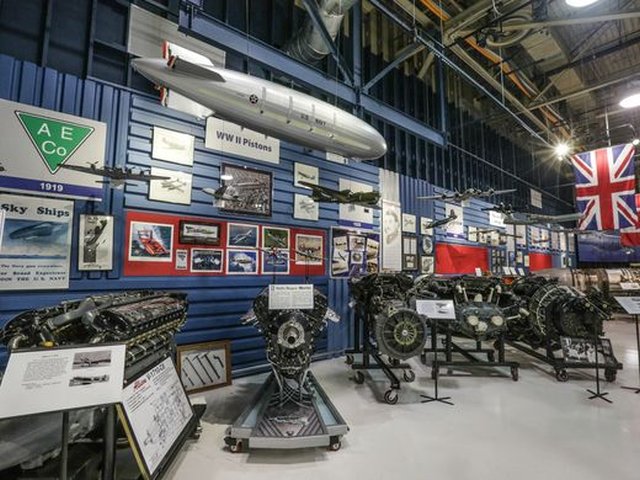
Historic engines on display in the Rolls-Royce Allison Heritage Trust Exhibition Museum.
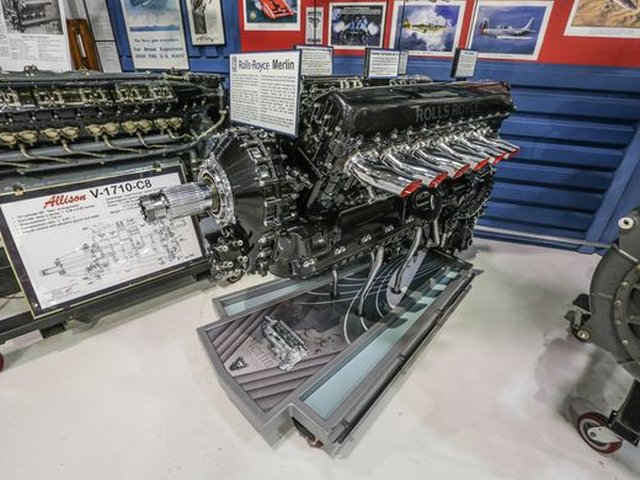
A Rolls-Royce V-12 supercharged Merlin engine, used in P-51 Mustangs in WWII, on display in the Rolls-Royce Allison Heritage Trust Exhibition Museum.
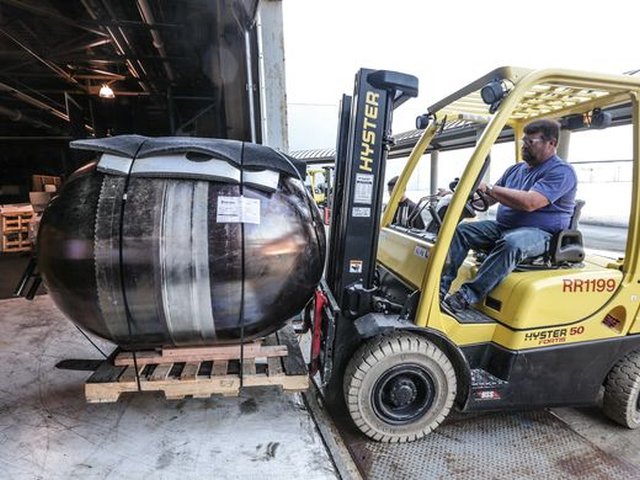
Millwright Dave Cook unloads a fuel tank created for the Apollo Moon Missions.
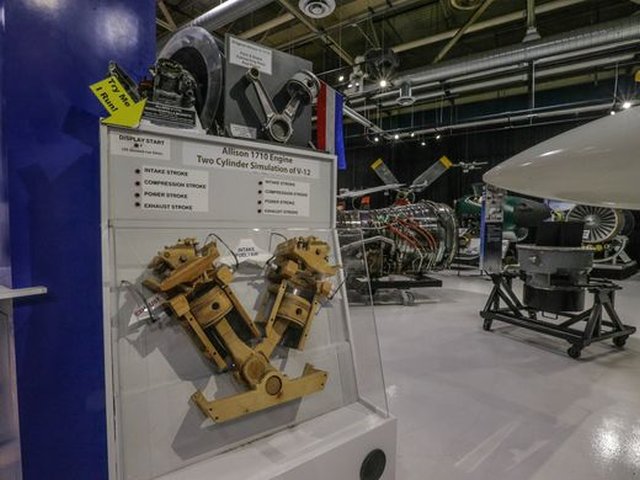
An interactive Allison 1710 Engine Two Cylinder Simulation of a V-12 on display in the Rolls-Royce Allison Heritage Trust Exhibition Museum.
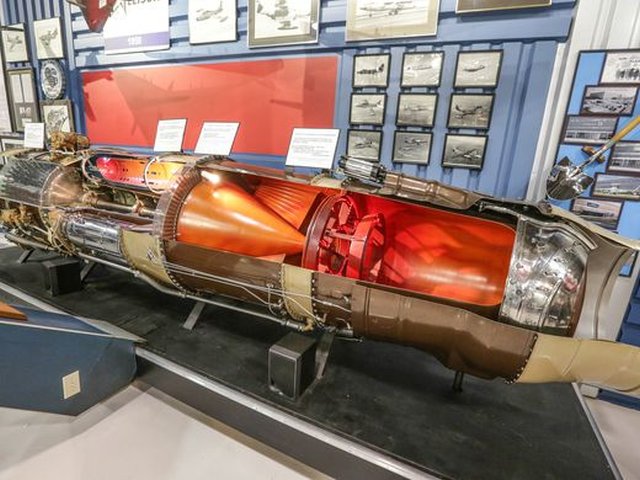
An Allison J-35 Turbojet on display in the Rolls- Royce Allison Heritage Trust Exhibition Museum.
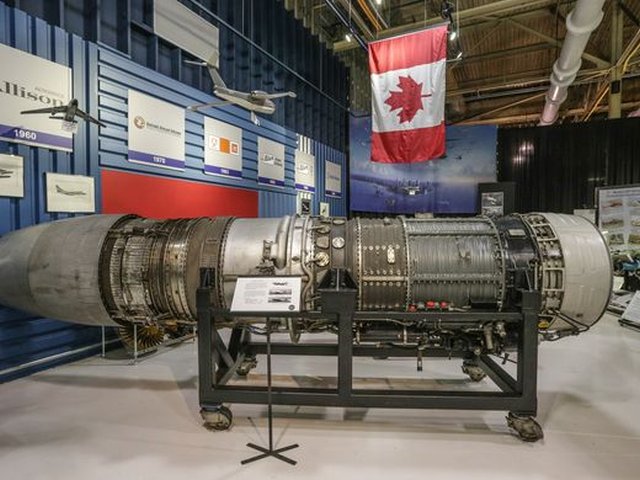
An Allison J-71 Turbojet on display in the Rolls- Royce Allison Heritage Trust Exhibition Museum.
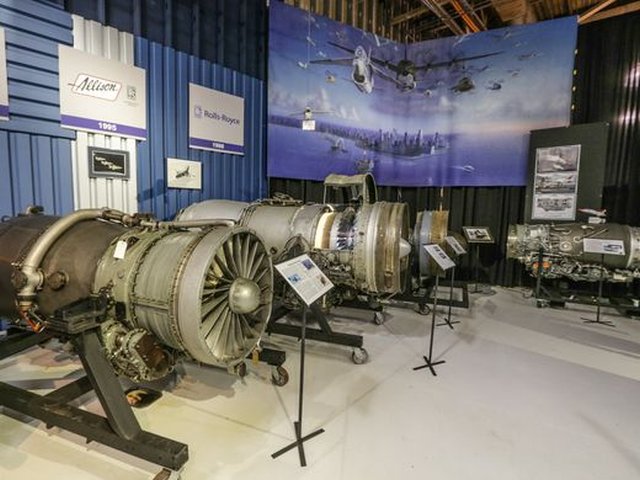
Engines of note on display in the Rolls-Royce Allison Heritage Trust Exhibition Museum.

An engine for a Boeing/BAE Goshawk T-45 on display in the Rolls-Royce Allison Heritage Trust Exhibition Museum.
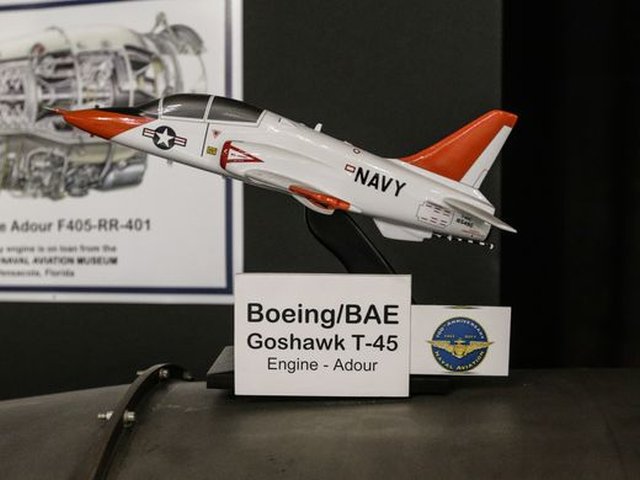
Model of a Boeing/BAE Goshawk T-45 on display in the Rolls-Royce Allison Heritage Trust Exhibition Museum.